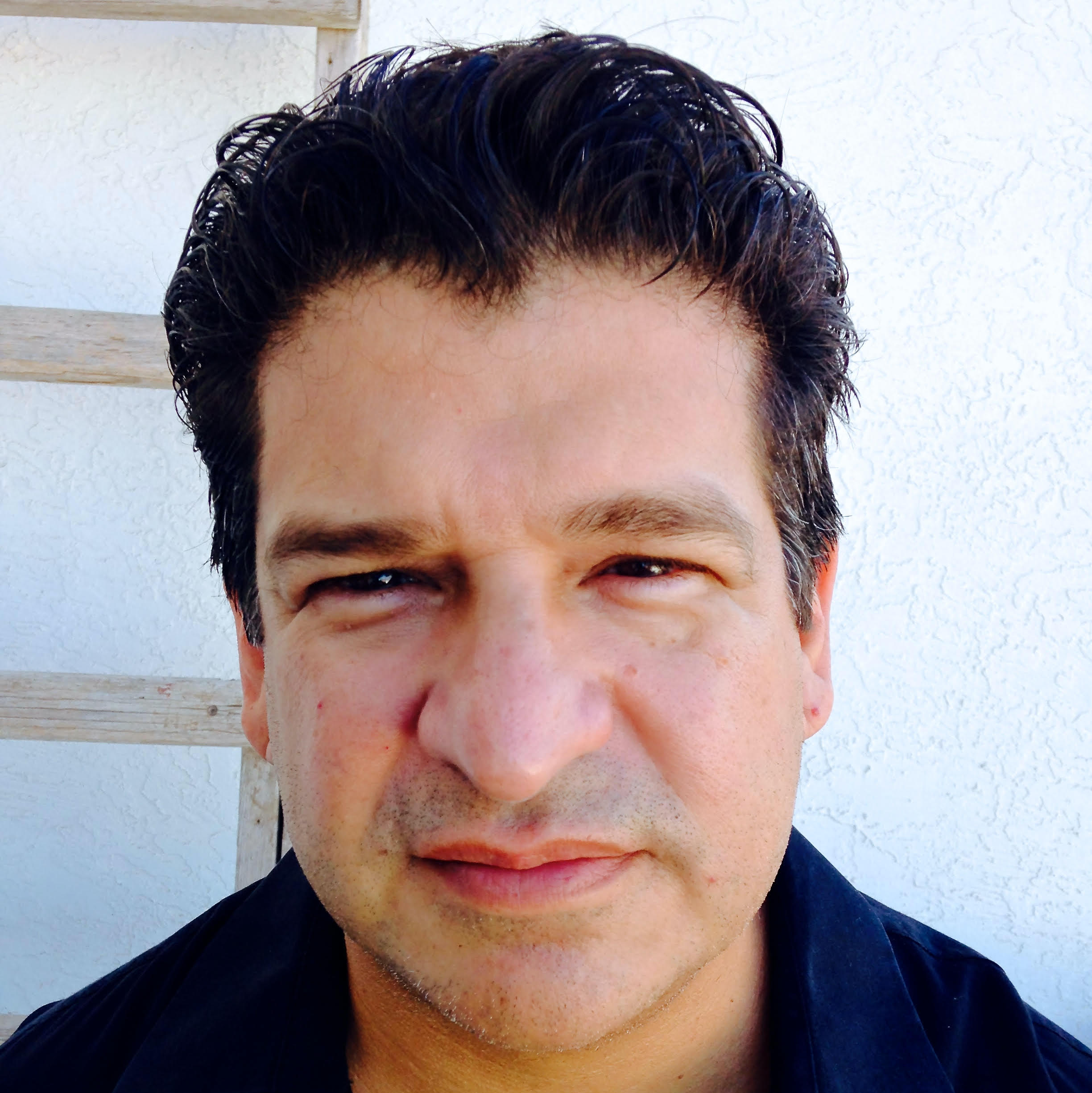|
Getting your Trinity Audio player ready...
|
On December 8, 2017, Archbishop Salvatore J. Cordileone celebrated Frank La Rocca’s Mass of the Americas for the very first time in the Cathedral of Mary of the Assumption in San Francisco. Thousands of Hispanic Catholics came on the Saturday before Our Lady of Guadalupe’s great feast day, participating in a 12-mile pilgrimage through the streets of San Francisco before entering the great Cathedral, many ascending the stairs on their knees.
In his homily that day for the Mass of the Americas (which honors Our Lady of Guadalupe and Our Lady of the Immaculate Conception, patroness of all the Americas and Patroness of the United States), Archbishop Cordileone pointed out once again what an extraordinary and singular event occurred outside of Mexico City: “He hath done this for no other nation.”
As we approach the Feast of Our Lady of Guadalupe, let us ponder in our hearts again the unique and powerful effect Our Lady of Guadalupe had on the history of the Americas.
Orthodox. Faithful. Free.
Sign up to get Crisis articles delivered to your inbox daily
Suddenly, and as if by a miracle, the formerly indifferent indigenous peoples flooded the missionaries in droves, begging, crying, and desperately pleading for Baptism. And they came by the millions. Within ten years of Our Lady’s appearance, at least nine million Mexican people were baptized, the single largest conversion event in history.
In Fray Toribio Motolinía’s eyewitness account, he states:
The people who came were so many that if I had not seen it with my own eyes, I should not dare to mention it. In truth it was an enormous multitude that came, for besides the sound there were many lame and crippled, women with children on their backs and old men, white-haired and of great age, and they came from a distance of a two or three day’s journey to be baptized.
But how could this have happened? How could a private revelation based on the individual testimony of one humble, indigenous commoner completely change the religious trajectory of an entire continent?
The key to understanding it is to take seriously what we know of the indigenous people’s spiritual culture. The Franciscan Fray Bernardino de Sahagún (1499–1590) and four of his associates spent two to three years capturing, confirming, and transcribing with ink and parchment the beliefs, perspectives, worldviews, and histories of the peoples of Mesoamerica, including the Florentine Codex, and the Cantares Mexícanos, handwritten in a beautiful, flowing script in an archaic version of Nahuatl, which contains half of the ancient Mesoamerican song-poems known today.
Because Fray Bernardino de Sahagún’s writings were meant to be used solely for research purposes to help evangelize the indigenous people, the songs he gathered were never published or shown to the public. The original folios were packed up and largely forgotten for a few hundred years. In fact, the first complete translation of the Cantares Mexícanos from the Nahuatl language would not be published until 1985.
The first and preeminent song-poem is aptly named “Origin of the Songs,” or “Cuicapeuhcayotl,” and it lays out a mysterious narrative using obscure language, imagery, and symbolism. The nameless protagonist is called simply a Singer. He longs to find beautiful, precious flowers so that he can gather them in his tilma to show them to the “princes” and his “lordly friends.”
In the very first line, he reveals his quest: “Where could I get some good, sweet flowers?” He addresses this question to the butterflies, the hummingbirds, the bellbirds and the trogon birds. In response, the birds and nature itself direct him into a Flower World Paradise where he is lured on by sweet music as if from a great flock of songbirds. As he is led into this otherworldly place, the Singer finds an abundance of precious flowers, which he joyously plucks by the armful into his tilma. Filled with overwhelming gladness, he proceeds to give praise to his creator god, to whom he refers in Nahuatl as the God of Far and Near.
Alas, all is not what it seems. The Flower World vanishes and the Singer’s song of exultation turns into a lament: he was only given a glimpse of the Flower World Paradise that he cannot reach. He is not “worthy” of the paradise he can imagine. His heart crushed, the Singer deplores his sorry state and bewails he may never enter the Flower World Paradise. The story ends on a note of complete and utter despair.
Compare this to the account we have of St. Juan Diego, written down about 30 years after Our Lady appeared. Showered with roses (not native to the region) and music, an amazed St. Juan Diego makes a direct reference to a paradisal place referred to as “the Flower World Paradise” and then asks, “Could this be the place my ancestors spoke about?”
The Flower World Paradise, as a phrase, had been previously philosophized for centuries in Nahua culture as the place of ultimate beauty, truth, and the source of all creativity—the ultimate place we all long to go to when we die.
The image of Our Lady of Guadalupe left on the tilma deepens the connection. The four-petaled flower found over the womb of Guadalupe on the tilma symbolizes Jesus as the Flower of Truth. That flower and that story conveyed a powerful message to the native culture: all beauty, all goodness, and all truth finds its source in Him.
Modern academics have mostly dismissed the similarities between the ancient Flower World Prophecy and the apparition of Our Lady of Guadalupe as a case of fraudulent borrowing on the part of devious Franciscans missionaries. They use a hermeneutic of skepticism that assumes God cannot exist and act in our world. A less forced reading of the evidence suggests that much like the ancient Hebrews were prepared for Christ’s coming through prophecies and signs signaling his identity, the peoples of the Americas were given a similar preparation in terms and concepts most important and familiar to them.
This is why Our Lady’s appearance to St. Juan Diego had such an outsized impact on the indigenous peoples of Mexico. Just as the meeting of Jerusalem and Athens was no accident, the encounter between Jerusalem and Mexico City was part of God’s carefully laid plans. Just as the meeting of Jerusalem and Athens was no accident, the encounter between Jerusalem and Mexico City was part of God’s carefully laid plans.Tweet This
Why was Our Lady of Guadalupe’s call to conversion so persuasive? When the Nahua [indigenous people] converted to Christianity, they effectively changed the way they perceived themselves. To put it in mythic terms, the nameless singer of the original Flower World Prophecies was an archetypal “Failed Hero”; and St. Juan Diego became, instead, a successful or “Redeeming Hero.” Rather than viewing themselves as the children of a failed hero incapable of ever fulfilling hopeless longings for paradise, Our Lady of Guadalupe promised them they could and would enter the great Flower World Paradise of which their ancestors had glimpsed.
And so can we, thanks to Our Lord Jesus Christ’s sacrifice.
Note: On December 12, 2023, San Francisco Archbishop Salvatore Cordileone will participate in a Zoom event sponsored by the Benedict XVI Institute to discuss the insights of our new book Guadalupe and the Flower World Prophecy: How God Prepared the Americas for Conversion Before the Lady Appeared. Join Archbishop Cordileone and us by registering here to receive the Zoom link on December 12. And if you are in San Francisco, you can hear Anselm Decker’s rendition of Frank La Rocca’s “Ave Maria” in person at the “Very Marian Advent Prayer Service” Archbishop Cordileone is leading on December 10.

